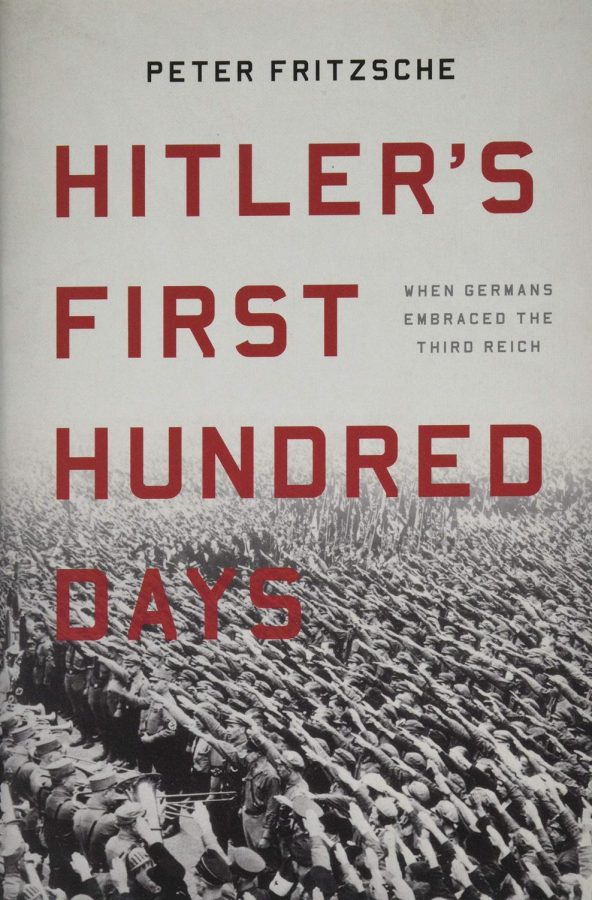Historian charts Hitler’s lightning rise to power
Published December 17, 2020
Peter Fritzsche, a professor of history at the University of Illinois, has written an excellent, fast-paced history of the first months of Adolf Hitler as Germany’s chancellor.
“Hitler’s First Hundred Days: When Germans Embraced the Third Reich” covers the period beginning Jan. 30, 1933, when the German president and head of state, Paul von Hindenberg, reluctantly appointed Hitler chancellor, or chief executive, of Germany based on assurances by the conservatives that they could control him. The book concludes May 9, 1933, 100 days later.
Fritzsche is the author of 10 previous books, including “An Iron Wind: Europe Under Hitler” and the award-winning “Life and Death in the Third Reich.”
In his latest book, Fritzsche discusses how and why Hitler gained power, although the book’s main focus is primarily answering the question: Why would supposedly well-educated and sophisticated Germans accept Nazism and the Third Reich?
Fritzsche’s answer for that often-asked question is that Hitler convinced the German people that they were the “salt of the earth” and that he would punish those who were responsible for their misfortunes. Fritzsche concludes that Hitler promised he would make Germany once again a great nation and the vast majority of the Germans found his rhetoric appealing.
Fritzsche’s book is well written and researched. It has more than 40 pages of footnotes in which the author cites diaries, newspaper articles, letters and interviews as both primary and secondary sources, thus giving the reader firsthand accounts of how the German people reacted to a “new world order.”
The author makes it clear that Hitler’s rise to power was not preordained. In an election a few months prior to Hitler coming to power, the anti-fascist Social Democratic and Communist parties each received more votes than Hitler’s Nazi Party. However, the Nazi Party united with other right-wing parties that opposed the Weimar Republic — the German government in power from 1918 to 1933. That right wing coalition would help Hitler rise to power a few months later.
Another interesting feature of this book is that the reader can follow Hitler’s rise to power day by day. Each event is dated as if it were on a personal calendar. For example, the author relates that on Day 4, Hitler and his conservative allies censored any press that showed “contempt” for the government. On Day 29, an arson attack on the Reichstag, the German Parliament, allowed Hitler to get Hindenburg to sign an emergency order that suspended key civil liberties.A week later, Reichstag elections allowed the Nazis to consolidate power. On Day 61, the Nazis organized a nationwide boycott of Jewish businesses.
The author discusses how important the takeover of radio broadcasting was to Hitler. Prior to his coming to power, Nazi politicians had no access to the airwaves, but after Hindenberg appointed him chancellor, Hitler used radio as often as possible to directly address the people.He and his chief propagandist, Joseph Goebbels, made frequent use of radio as an easy way to communicate with the German people.
Hitler completed his first 100 days with open attacks on Jews, including a boycott of Jewish businesses, economic discrimination, physical assaults and the exclusion of Jews from public sector employment.
By Hitler’s 100th day as chancellor, the Nazis had seized the government of the federal states, dismantled trade unions, passed the first anti-Jewish laws and destroyed all opposing political parties. Newly built concentration camps, including Dachau, were beginning to fill up.
During just 100 days, Chancellor Hitler transformed Germany from a deeply divided republic into a one-party dictatorship.















